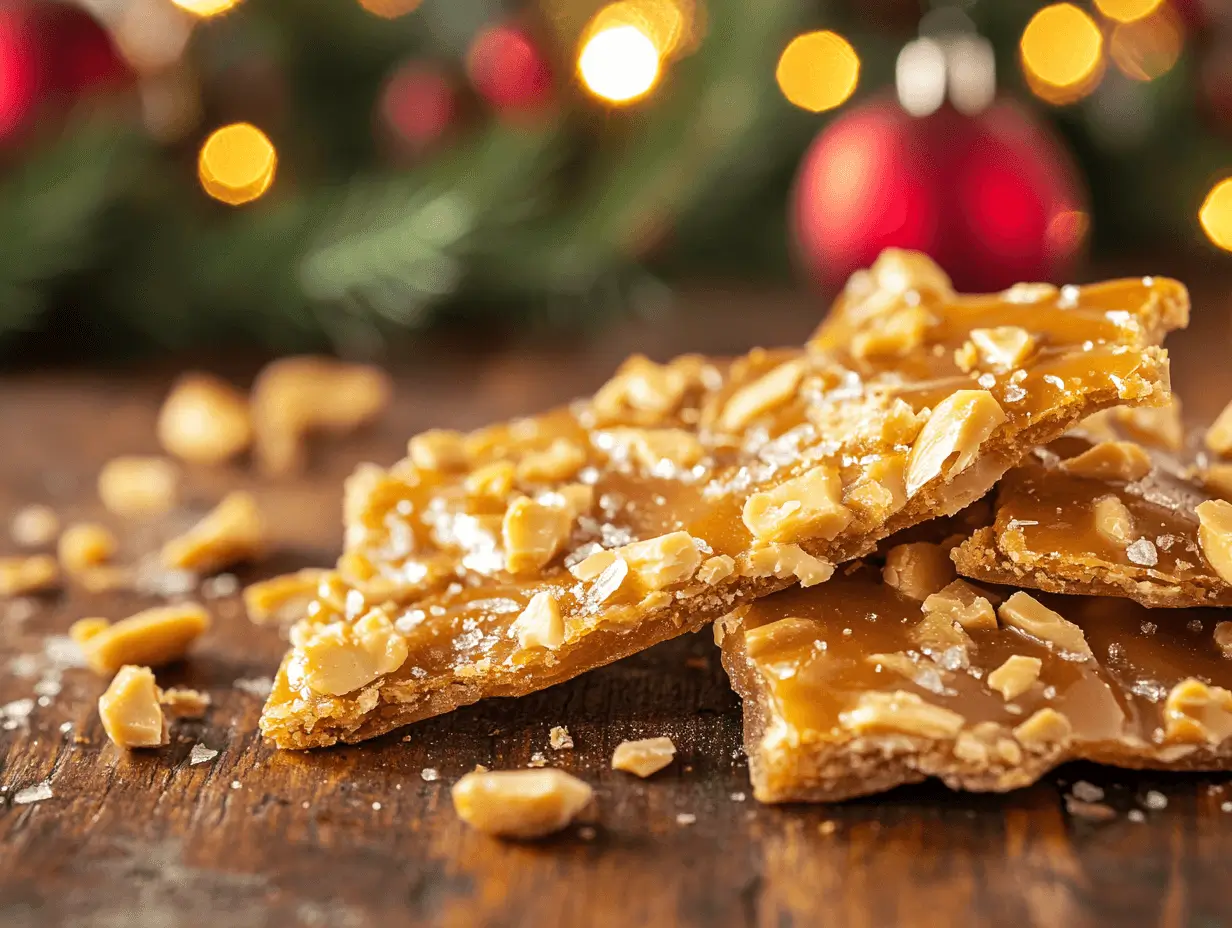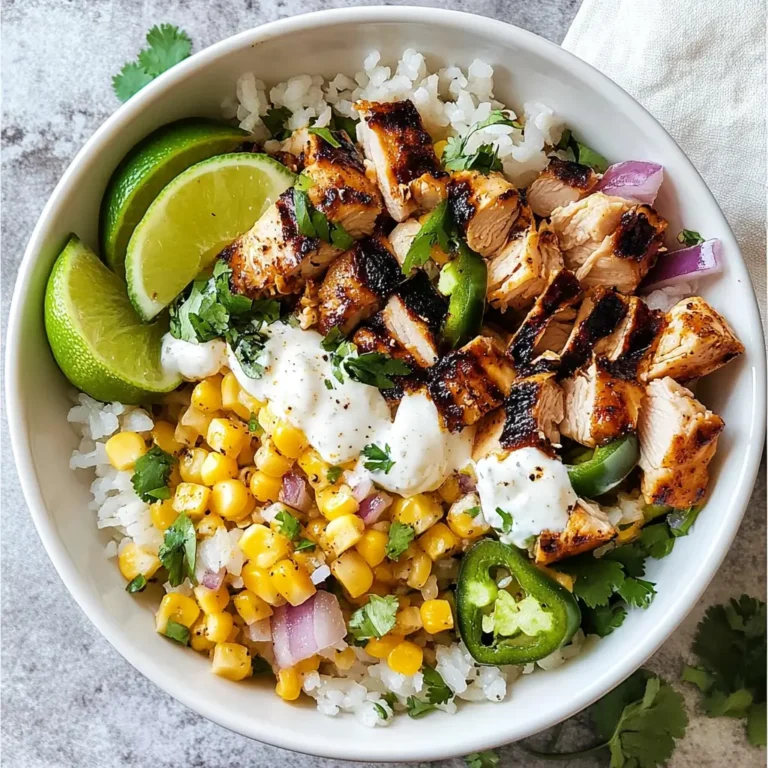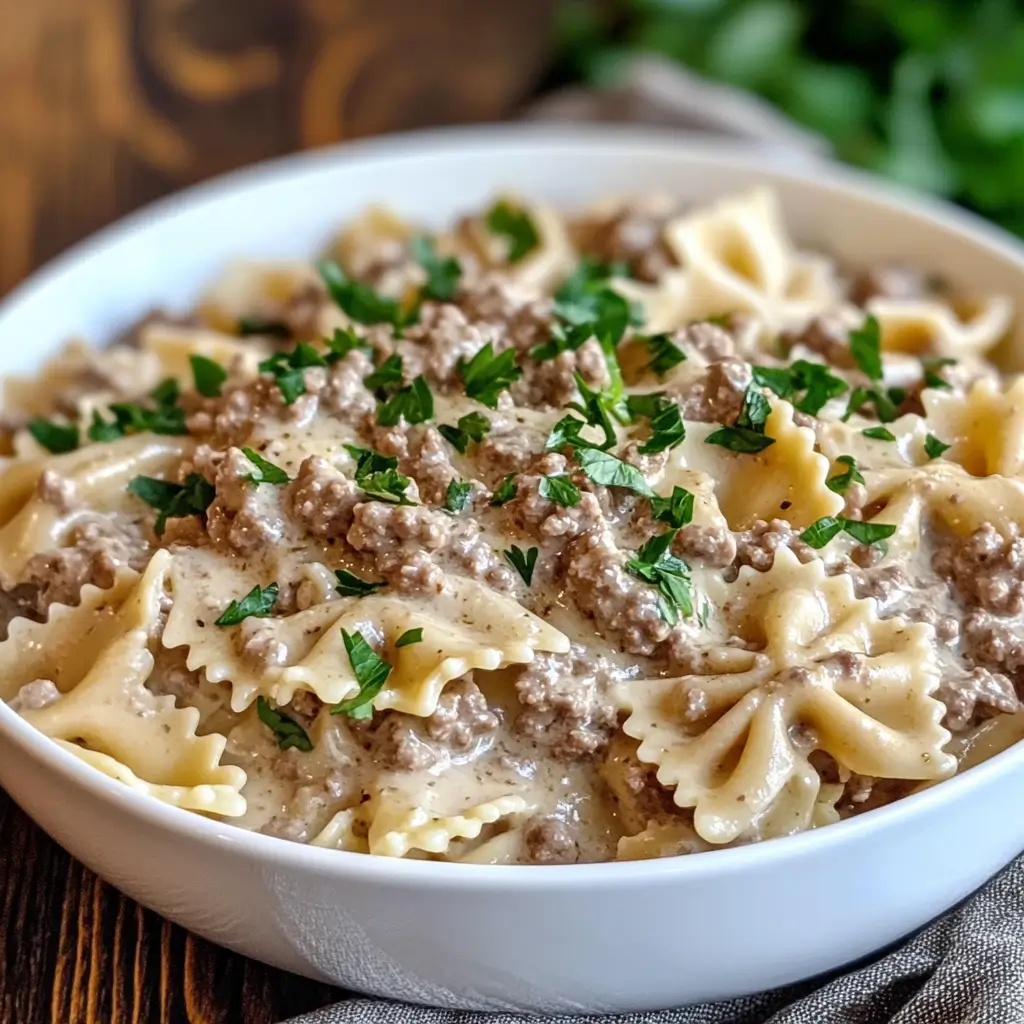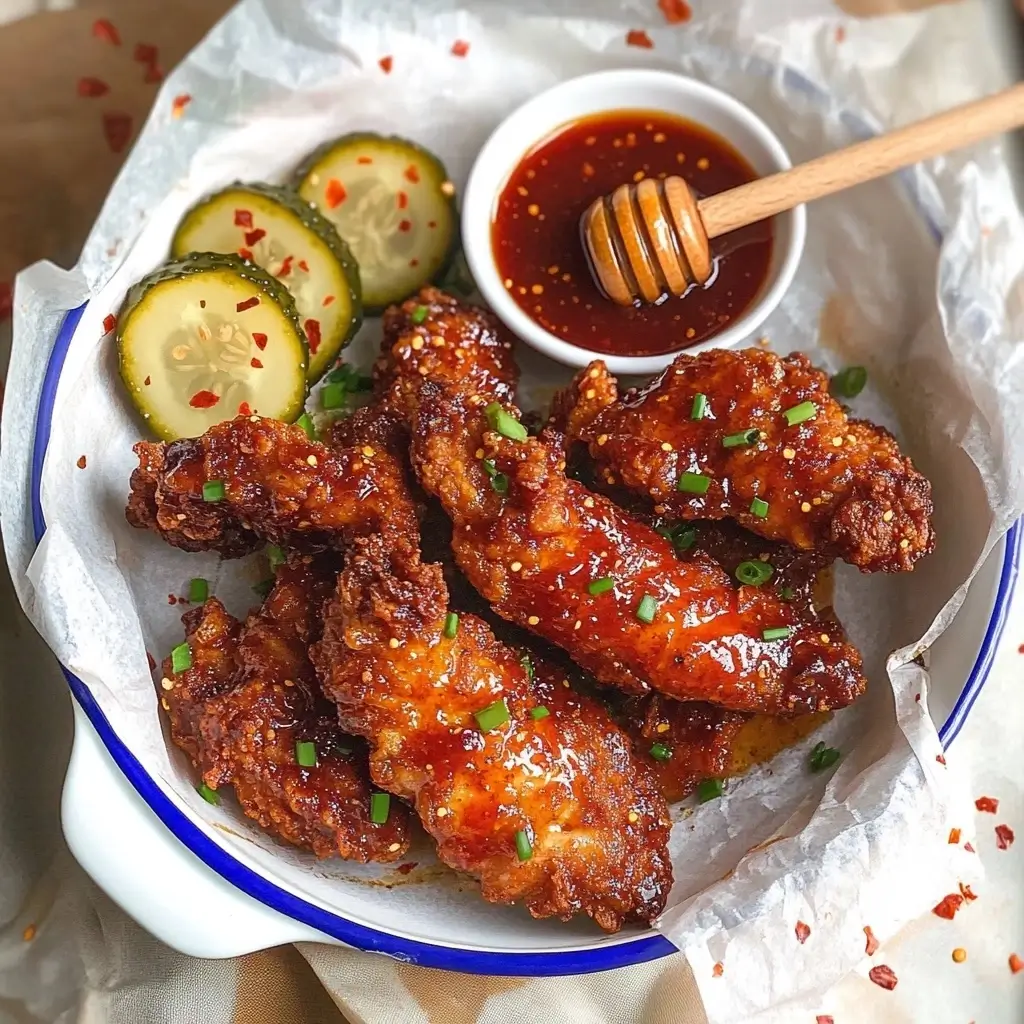Imagine biting into a perfectly crisp, sweet, and nutty piece of candy that melts in your mouth and leaves a delightful crunch behind. That’s the magic of peanut brittle—a classic confection loved by people of all ages and across the globe. Whether it’s enjoyed during the holidays, given as a thoughtful gift, or savored as an indulgent snack, peanut_brittle has a way of bringing a smile to everyone’s face. But what makes it so special, and where did it all begin?
Table of Contents
In this article, we’ll explore everything about peanut_brittle—from its origins to how it’s made, the science behind its crunch, and even tips for making your own at home. So, grab a snack and let’s dive into the sweet, nutty world of peanut_brittle!
What is Peanut Brittle?
Definition and Key Characteristics
Peanut brittle is a type of hard candy that’s traditionally made by cooking sugar and water to create caramel, then mixing in peanuts and other ingredients to create a crunchy, sweet treat. Once the mixture is spread out and cooled, it hardens into a brittle, breakable sheet.
This delightful candy is known for its golden color, glossy sheen, and irresistibly crunchy texture. The combination of sweet caramel and the earthy richness of peanuts makes it a treat that’s hard to resist.
Variations Around the World
While peanut brittle is a favorite in many parts of the world, it’s not the only kind of brittle out there. Variations include cashew brittle, almond brittle, sesame brittle, and even coconut brittle, depending on the region. In India, for instance, a similar treat called “chikki” is made with jaggery and peanuts, while in the Middle East, “nougatine” often incorporates pistachios or hazelnuts.
Peanut_brittle may be an American classic, but its global cousins show just how versatile and universally loved this type of candy can be.
The History of Peanut Brittle
Origins and Evolution
The exact origin of peanut brittle is somewhat of a mystery, but like many culinary creations, it’s likely the result of experimentation. Some stories suggest it was invented by accident when someone used peanuts instead of pecans in a recipe.
Peanut_brittle became especially popular in the United States during the late 19th and early 20th centuries, coinciding with the rise of commercial candy-making. The introduction of peanuts to American agriculture—thanks to innovators like George Washington Carver—also helped solidify its place as a beloved treat.
Notable Milestones in its Popularity
Peanut brittle saw a surge in popularity during World War II, as sugar rationing encouraged candy makers to develop recipes that used fewer ingredients. Its long shelf life made it a practical choice for both commercial production and homemade gifting during the holiday season.
Today, peanut_brittle remains a nostalgic treat that continues to delight candy lovers everywhere.
How is Peanut Brittle Made?
Traditional Recipes
Peanut brittle is a simple yet precise confection to make, requiring just a few ingredients and a little patience. The traditional method starts with boiling sugar, water, and corn syrup to create a smooth caramel base. Butter is often added for richness and to enhance the candy’s texture. Once the caramel reaches the desired temperature—usually around 300°F, known as the “hard crack” stage—peanuts and baking soda are stirred in.
The baking soda reacts with the acidic caramel to create tiny air bubbles, giving the brittle its signature light and crisp texture. The mixture is then quickly poured onto a greased surface or parchment paper, spread thin, and left to cool until it hardens. Once set, it can be broken into smaller, snackable pieces.
Modern Twists on Peanut_Brittle
While the traditional recipe remains a favorite, many modern variations have emerged to suit different tastes and dietary preferences. Some versions incorporate chocolate drizzles, sea salt flakes, or spices like cinnamon and cayenne for added complexity. Others replace peanuts with cashews, almonds, or even pistachios for a gourmet touch.
For health-conscious candy lovers, there are recipes that use natural sweeteners like honey or maple syrup instead of refined sugar. Vegan peanut brittle swaps out butter for plant-based alternatives, making it accessible to a wider audience.
Ingredients of Peanut_Brittle
The Basics
The core ingredients of classic peanut brittle are surprisingly simple:
- Sugar: The base of the caramel that gives brittle its sweetness and structure.
- Corn Syrup: Prevents the sugar from crystallizing, ensuring a smooth texture.
- Peanuts: The star of the show, providing a nutty crunch and flavor.
- Butter: Adds richness and a creamy undertone to the candy.
- Baking Soda: Creates the light, airy texture by introducing air bubbles into the mixture.
Specialty Ingredients for Gourmet Variants
To elevate peanut brittle, many gourmet versions include specialty ingredients such as:
- Dark Chocolate or Cocoa Powder: Adds depth and sweetness.
- Vanilla Extract: Enhances the overall flavor profile.
- Sea Salt: Balances the sweetness with a savory touch.
- Spices: Ingredients like chili powder, nutmeg, or cardamom bring unique flavor twists.
Nutritional Information
Caloric Content and Macronutrients
Peanut brittle is undeniably a treat, so it’s best enjoyed in moderation. A typical 1-ounce serving contains approximately:
- Calories: 150-200
- Carbohydrates: 20-25 grams
- Fats: 8-10 grams
- Protein: 2-4 grams
The peanuts contribute healthy fats and some protein, but the sugar content makes it a high-calorie snack.
Health Benefits and Drawbacks
The primary benefit of peanut brittle lies in its peanuts, which are a good source of protein, fiber, and healthy fats. However, the high sugar content means it should be consumed sparingly, especially by those monitoring their sugar intake.
The Science Behind the Crunch

Caramelization and Texture Formation
The hallmark of peanut brittle is its signature crunch, and this comes down to a fascinating process called caramelization. As sugar is heated, it melts and begins to break down into smaller molecules, creating a range of new flavors and colors. This is what gives peanut_brittle its rich, golden hue and complex sweetness.
When combined with corn syrup, the sugar mixture stays smooth and prevents crystallization, ensuring a glossy, glass-like finish. Once the peanuts are added and the mixture cools, the result is a hard, brittle candy that shatters satisfyingly with each bite.
The Role of Temperature and Timing
Precision is key when making peanut brittle. The sugar mixture must reach 300°F, known as the “hard crack” stage, where the candy becomes rigid once cooled. Falling short of this temperature can result in a chewy texture, while exceeding it might burn the sugar, giving the brittle a bitter taste.
Timing is equally crucial when adding the peanuts and baking soda. Stirring them in too early or too late can affect the texture and consistency, so following the recipe carefully is essential.
Why Peanut_Brittle is So Popular
Versatility in Occasions
Peanut brittle has carved out a special place in celebrations and everyday life alike. It’s a staple during holidays like Christmas and Thanksgiving, often packaged in decorative tins and shared as gifts. Its long shelf life and simple preparation make it a convenient choice for homemade treats, party favors, and fundraiser sales.
But peanut_brittle isn’t just for special occasions—it’s also a perfect pick-me-up snack, thanks to its combination of sugar for quick energy and peanuts for lasting satiety.
Appeal to All Ages
One of the reasons peanut brittle has stood the test of time is its universal appeal. Kids love the sweetness and crunch, while adults appreciate its nostalgic charm. Whether it’s a reminder of childhood trips to the candy store or a go-to treat during festive seasons, peanut brittle brings joy to people of all ages.
Popular Brands and Varieties
Top Peanut Brittle Brands in the Market
The market is brimming with options for peanut brittle lovers. Some popular brands include:
- See’s Candies: Known for their premium ingredients and classic recipe.
- Brittle Brothers: Specializing in gourmet versions with various nut options.
- Old Dominion: A go-to brand for traditional-style peanut brittle.
These brands often offer both individual-sized portions and larger tins for sharing, making them ideal for both personal enjoyment and gifting.
Homemade Peanut Brittle vs. Store-Bought
While store-bought peanut brittle is convenient, many enthusiasts swear by the superior taste and freshness of homemade versions. Making peanut brittle at home allows for customization, whether that means using organic ingredients, adjusting the sweetness level, or adding unique flavors.
Store-bought versions, on the other hand, are perfect for those who want a hassle-free option with consistent quality.
Storing and Preserving Peanut Brittle

Best Practices for Longevity
To keep peanut brittle fresh and maintain its delightful crunch, proper storage is essential. Here are some tips:
- Use an Airtight Container: Store peanut brittle in a tightly sealed container to prevent exposure to air and moisture, which can make it sticky or soggy.
- Keep It Cool and Dry: Choose a cool, dry spot in your pantry or cupboard. Avoid storing it in the fridge, as condensation can form and ruin the texture.
- Layer with Wax Paper: If you’re stacking pieces of brittle, place wax or parchment paper between layers to prevent them from sticking together.
Common Mistakes in Storage
Even with the best intentions, small mistakes can compromise the quality of your peanut brittle. Here are a few to avoid:
- Exposing It to Humidity: Moisture is brittle’s worst enemy, so avoid storing it near sources of heat or steam, such as a stove or dishwasher.
- Skipping the Airtight Seal: A loosely closed container can let air in, leading to stale or chewy brittle.
- Waiting Too Long to Store: After making brittle, allow it to cool completely, but don’t leave it out for too long before transferring it to storage.
Fun Facts About Peanut Brittle
Trivia and Lesser-Known Facts
Peanut brittle has a rich history and some fun trivia that you might not know:
- Oldest Candy Recipe: Peanut brittle is often considered one of the oldest candy recipes in America, with versions dating back to the 19th century.
- Accidental Invention?: One legend says peanut brittle was created by accident when a cook added peanuts to a sugar syrup meant for another dessert.
- World’s Largest Peanut Brittle: The Guinness World Record for the largest peanut brittle was set in 2012 in Texas, weighing over 2,000 pounds!
- National Peanut Brittle Day: Celebrate your love for this treat on January 26th, recognized as National Peanut Brittle Day in the U.S.
How to Make Peanut Brittle at Home
Step-by-Step Recipe
Making peanut brittle at home is a rewarding and fun process. Here’s a classic recipe to get you started:
Ingredients:
- 2 cups granulated sugar
- 1 cup light corn syrup
- ½ cup water
- 2 cups raw peanuts
- 2 tablespoons unsalted butter
- 1 teaspoon vanilla extract
- 1 teaspoon baking soda
- ¼ teaspoon salt
Instructions:
- Prepare Your Workspace: Grease a baking sheet or line it with parchment paper.
- Cook the Syrup: In a large saucepan, combine sugar, corn syrup, and water. Cook over medium heat, stirring occasionally, until the mixture reaches 250°F (soft crack stage) on a candy thermometer.
- Add Peanuts and Butter: Stir in the peanuts and butter, and continue cooking until the temperature reaches 300°F (hard crack stage). The mixture will turn golden brown.
- Add Baking Soda and Vanilla: Remove the pan from heat and quickly stir in the baking soda, vanilla, and salt. The mixture will foam up slightly.
- Spread and Cool: Pour the mixture onto the prepared baking sheet and spread it evenly. Let it cool completely before breaking it into pieces.
Troubleshooting Common Problems
- Sticky Texture: If your brittle turns out sticky, it likely didn’t reach the hard crack stage. Use a thermometer to ensure accuracy.
- Burnt Flavor: Overcooking the syrup can lead to a bitter taste. Keep a close eye on the temperature.
- Uneven Spread: Work quickly when pouring and spreading the mixture to achieve a uniform thickness.
FAQs About Peanut Brittle
What is the Best Type of Peanut to Use?
The best type of peanut for peanut brittle is raw or unsalted peanuts. These allow the natural flavors of the peanuts to shine and balance the sweetness of the brittle. If using roasted peanuts, be cautious of added salt, as it may alter the flavor.
Can Peanut Brittle Be Made Without Peanuts?
Absolutely! Peanut brittle can be made with other nuts or seeds, such as almonds, cashews, pistachios, or sunflower seeds. This makes it a versatile treat that can cater to various dietary preferences or allergies.
How Long Does Peanut Brittle Last?
When stored properly in an airtight container, peanut brittle can last for up to 2 months. Ensure it’s kept in a cool, dry place to maintain its crunch and flavor.
Can Peanut Brittle Be Made Sugar-Free?
Yes, sugar-free peanut brittle is possible using sugar substitutes like erythritol or xylitol. However, these substitutes may alter the texture slightly, so it’s essential to follow a recipe designed for sugar-free versions.
Why Did My Brittle Turn Out Chewy Instead of Crunchy?
Chewy brittle typically results from undercooking the sugar syrup. Make sure it reaches the hard crack stage (300°F) to ensure a crisp, breakable texture.
Can I Add Chocolate to Peanut Brittle?
Yes, you can drizzle melted chocolate over the cooled brittle or mix chocolate chips into the caramel before it sets. This adds a rich layer of flavor and pairs beautifully with the peanuts.
Conclusion
Peanut brittle is more than just a candy; it’s a timeless treat that bridges generations and cultures with its sweet, nutty charm. From its humble origins to its modern gourmet twists, it continues to captivate taste buds and evoke fond memories. Whether you enjoy it as a store-bought indulgence, a homemade masterpiece, or a thoughtful gift, peanut brittle is a treat that’s here to stay.
So, the next time you’re looking for a crunchy snack or a holiday staple, give peanut brittle a try—whether from your favorite brand or your own kitchen, it’s sure to bring a smile to your face.





